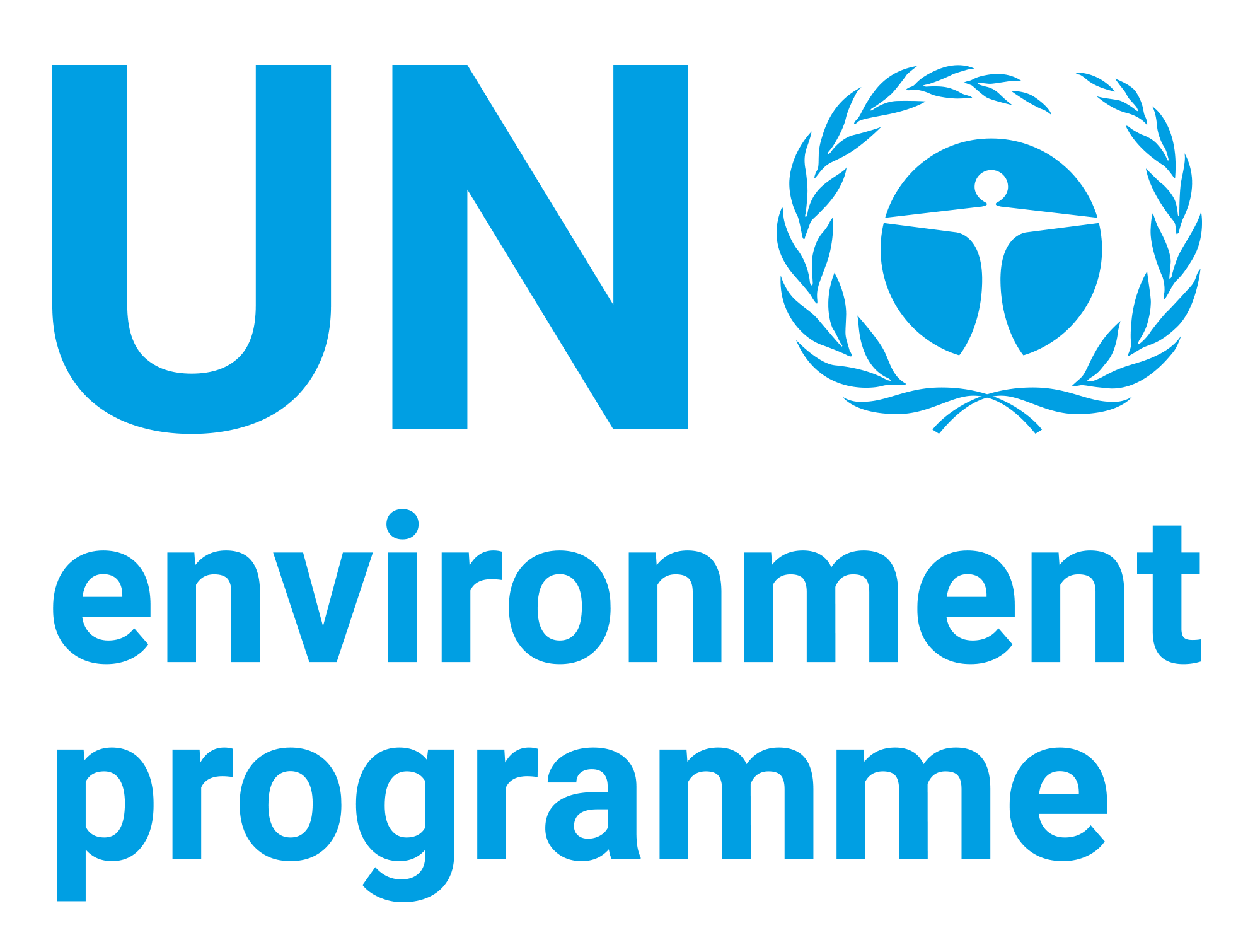Asian Development Outlook 2008 Update

Date
2008Author
Asian Development Bank
Citation Tool
Bibliographic Managers
RT Generic T1 Asian Development Outlook 2008 Update A1 Asian Development Bank YR 2008 LK https://wedocs.unep.org/20.500.11822/8881 PB Asian Development Bank (ADB) AB TY - GEN T1 - Asian Development Outlook 2008 Update AU - Asian Development Bank Y1 - 2008 UR - https://wedocs.unep.org/20.500.11822/8881 PB - Asian Development Bank (ADB) AB - @misc{20.500.11822_8881 author = {Asian Development Bank}, title = {Asian Development Outlook 2008 Update}, year = {2008}, abstract = {}, url = {https://wedocs.unep.org/20.500.11822/8881} } @misc{20.500.11822_8881 author = {Asian Development Bank}, title = {Asian Development Outlook 2008 Update}, year = {2008}, abstract = {}, url = {https://wedocs.unep.org/20.500.11822/8881} } TY - GEN T1 - Asian Development Outlook 2008 Update AU - Asian Development Bank UR - https://wedocs.unep.org/20.500.11822/8881 PB - Asian Development Bank (ADB) AB -View/Open
Item Statistics
Display item statisticsMetadata
Show full item recordDescription
The annual Asian Development Outlook aims to present an analysis of the recent past and forecasts for the next couple of years for the developing economies of Asia. In this Update to April's publication, regional economic growth for 2008 is taken down marginally to 7.5%, largely on unstable financial markets and elevated commodity prices. Regional growth in 2009 is expected to further decelerate to 7.2%. Inflation forecasts are revised up—reflecting rising global prices of food and fuel and earlier loose monetary policy—to 7.8% in 2008 and to 6.0% in 2009. The Update presents four thematic chapters discussing recent global commodity price rises and their impacts on developing Asia. They suggest that high international commodity prices are here to stay. But, given that demand-pull rather than cost-push factors are causing high prices, the role of monetary policy is still relevant in containing price pressures. Indeed, there has to be a reshifting of the basic monetary stance toward tightening throughout developing Asia, to prevent inflation from becoming entrenched.
Collections
Document Viewer
To read more, scroll down below.

